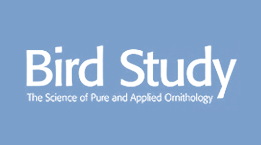The breeding population of Peregrine Falcon Falco peregrinus in the United Kingdom, Isle of Man and Channel Islands in 2014
Capsule: Overall numbers of Peregrines are higher than previously recorded, due primarily to the growth of lowland populations, despite declines in many upland areas.
Aims: To estimate the breeding population of Peregrines, and changes in this population over time, as well as to relate variation in trends and observed breeding success to variation in region, breeding site type and other ecological influences.
Methods: Two types of survey methods were used. Site-based visits focussed on locations where Peregrines were known to have bred previously, while area-based searches aimed to find all Peregrines breeding in randomly chosen 5 km × 5 km squares. Findings from each method were used to estimate population size in different parts of the survey area. Breeding outcome and site type were assessed for most of the pairs found during either survey.
Results: In 2014, the breeding population of Peregrines in the UK, Isle of Man and Channel Islands was estimated at 1769 pairs. This is 22% larger than the population estimate from the previous survey in 2002. Most of this increase is accounted for by increases in lowland England. Populations in some upland areas have declined.
Conclusions: The gap between the fortunes of lowland and upland Peregrines has continued to grow, along with the overall UK population. Likely reasons for the continued success of Peregrines in the lowlands include increasing uptake of breeding sites on human structures, abundant availability of prey in many lowland situations and, in many areas, a relative lack of conflict with humans. Factors likely to be limiting upland Peregrine populations vary between different regions, and include ongoing illegal killing and deliberate disturbance, and food supply.


